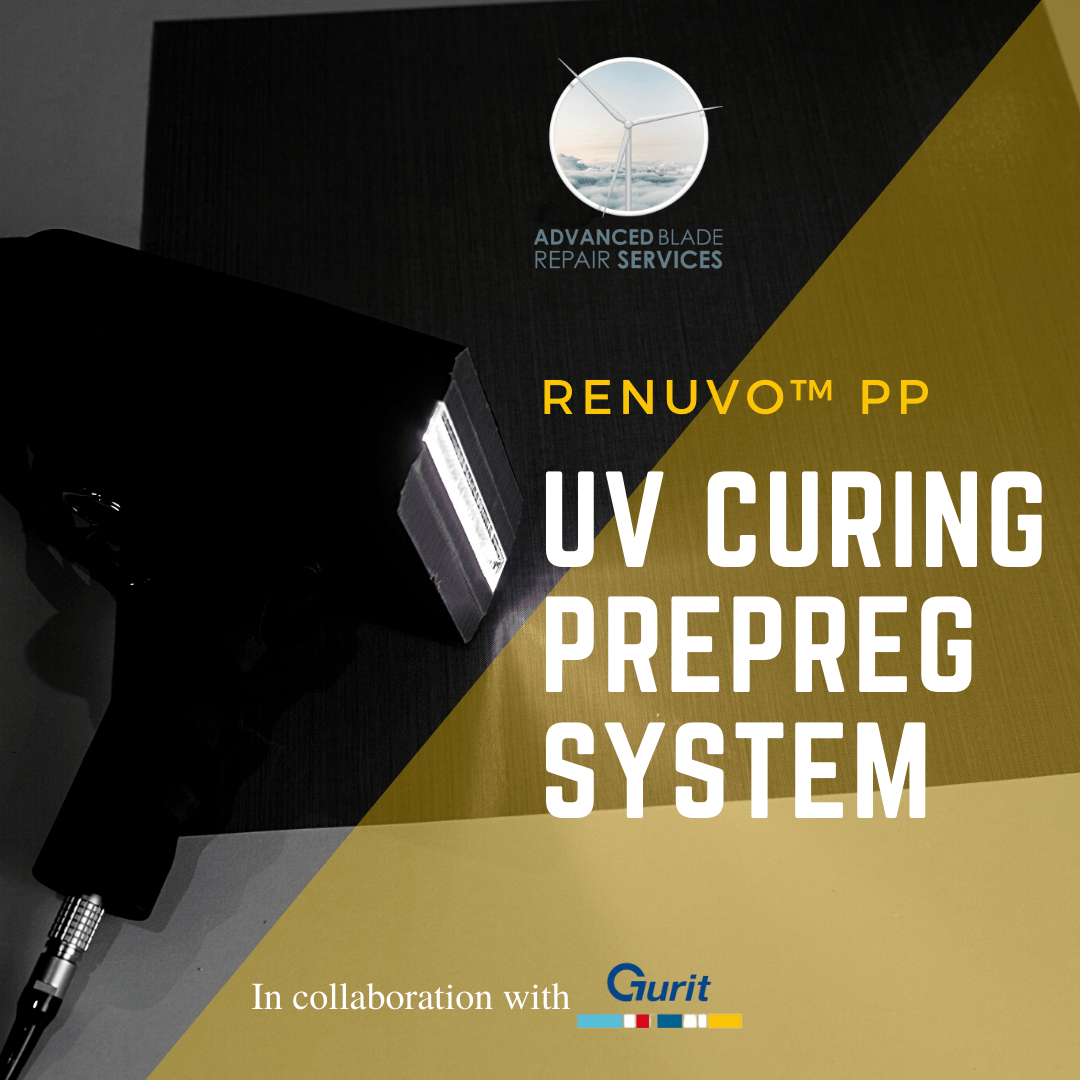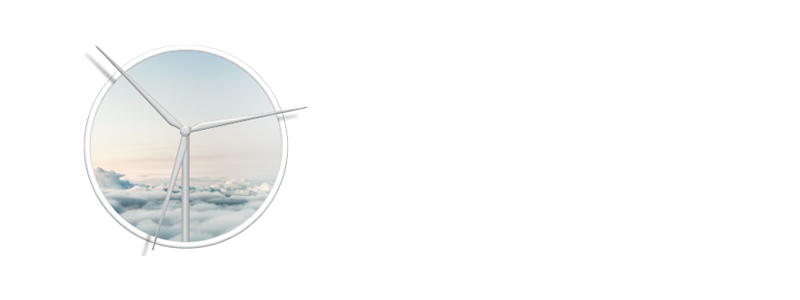THE FUTURE OF BLADE REPAIR: RENUVO™ PP - UV CURING PREPREG SYSTEM
For a while, a lot of development and research has been done in getting more creative and quicker means of performing blade repairs. As wind farms age and new turbines grow in height and blade size, the demand for maintenance and repair services is increasing at a rapid rate. Because of this, many new companies have emerged in recent years to meet the demands of wind farm owners and OEM’s looking for composite blade repairs.
Many accidents occur as well as time spent on these repairs are elongated, inefficient and they sometime cause longer lasting recurring problems. Treatment options for damaged blades often vary depending on the blade’s brand, geographic location, and ultimate repair needs. Blade erosion is a common side effect of the harsh weather conditions most turbines face over time. Repairs for erosion are considered cosmetic and are often completed externally on the blade.
Gurit, has been on the forefront of development and innovation of creative means of repairs, materials and work tools for blade repair that have been effective as well as cut down spent time and accidents on repairs.

RENUVO™ PP - UV CURING PREPREG SYSTEM is a breakthrough UV curing Prepreg system, developed by Gurit as a repair system for wind turbine blades. It has been tested and proven to:
- Enabling up tower repairs within one day
- Prepreg stacks of up to 6 layers (customised for individual repairs) are possible in one laminating operation
- Material can be used between +5°C to +30°C (+41°F to +86°F)
- Clean processing, avoiding mixing and contamination risks
- Long out-life at room temperature (protected by UV blocking film)
- Excellent mechanical properties
- Compatible with current topcoat solutions
- Approved and in approval for primary structural repairs at major OEMs
RENUVO™ Prepreg (PP) is used in combination with RENUVO™ Multi-Purpose System (MPS) for secondary structural repairs and MMA adhesive for primary structural repairs. Offering a step change in materials for the wind turbine blade repair market. Cure time in minutes by using bespoke UV lamps (with no need to apply heat for complete cure) thus efficiently saving up tower-time and an expanded repair weather window.
RENUVO™ prepregs are available in unidirectional (600 gsm UD) and biaxial (600 gsm XE) formats allowing to customise repair patches/stacks as relevant to comply to blade specification.
Together with Gurit, we have been training our team and instructors to prepare them for this new change in the blade repair sector, Lots of time and effort has been sent to curate the course and become the ONLY BLADE REPAIR TRAINING COMPANY offering this course. We have started taking bookings for this course and have been able to train industry leads as well as experienced delegates on this ground breaking innovative repair system.
Typical Applications
The RENUVO™ PP system eliminates the human error of mixing, dispensing and working with more traditional wet laminating repair systems. Additionally, the material offers the operator the security that wherever the material is being sourced it is the same product manufactured to the same high exacting process. Using a dedicated UV source, RENUVO™ PP is cured in minutes, up to 6 plies of 600 gsm E-glass prepreg (applied in pre-consolidated stacks prepared before each repair job). Used in combination with RENUVO™ MPS, the repair can be quickly finished without the need for secondary operations to fill and fair before a final coating system is applied.
Rob (Lead UV Trainer ) - "Really Impressed with the product, the course makes it easier for a blade technician to complete repairs. The time saved in curing times is reduced from over 4 hours to just 2 minutes and i can see how it would be the lead for curing in the future."
The major questions we have as a company are what would this lead to in the future? What other repair systems could spring up? How would these repair methods affect the blades themselves? Could we see blades changing to fit more industry approved standards of repair? And most importantly how would they affect the general experience for the men and women performing these repairs?
Let us know your thoughts to these questions below.

